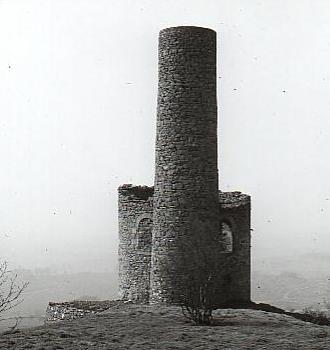SOURCE : News & Star
Published on 28/02/2007
By Kelly Eve
THE UK’s time signal was beamed from a former military base in a remote part of north Cumbria for the first time yesterday.
The 13 individual masts which dominate the skyline at Anthorn will be used to transmit the radio signal full-time from April 1 and time will be accurate to 1/1,000th of a second.
It is the signal used to set all official clocks and the ‘pips’ on BBC radio.
Tests of the signal began yesterday and will increase in the run-up to the switch-over. For the first day, low cloud covered the tops of the 13 masts which are connected by a network of heavy, metal cables.
In the blustery conditions, a few sheep were seen taking shelter in one of cluster of bushes that are inside the cordoned-off site where a handful of redundant, old war-time brick buildings still stand on the peninsula.
The UK time signal has been broadcast from a station near Rugby since 1927.
It is moving to Anthorn because the body responsible, the National Physical Laboratory (NPL), is switching contracts to the VT Communications’ transmitter at Anthorn. Previously known as ‘The Time From Rugby’, it will now be referred to as ‘The Time From NPL’.
The signal is used to manage 999 communiciations, the rail network and a wide range of electronic networks, including cash machines, speed cameras and mobile phone billing systems.
The system at Anthorn is being upgraded and it is believed it will not need as much maintenance as the Rugby equipment.
“Maintaining accurate time is essential to keeping the modern world working,” said NPL managing director Steve McQuillan.
“Most people only need time to be accurate to within a few seconds or even minutes, but global navigation systems, the internet, the power industry and financial systems are just some of the industries that depend on very accurate time to operate.”
NPL, at Teddington in south-west London, is one of only five centres worldwide using the latest caesium fountain atomic clocks to contribute to the world time standard, Coordinated Universal Time (UTC).
The Anthorn transmitter is usually used for relaying orders to submarines on 19.6 kHz under the callsign GBZ.
It is one of four NATO facilities with three others in Norway, Germany, and Italy.
The Anthorn site began its career as a military landing strip during World War One, being used as an emergency landing ground for RAF Silloth in World War Two. The Royal Navy took it over in December 1942 and created RNAS Anthorn, also known as HMS Nuthatch. After the war, it was kept as an aircraft unit until it closed in 1958.
Residents have welcomed their transmitter’s new, modern use.
Sandra Mitchinson has lived on Solway Drive for over 20 years.
She said: “I suppose it’s a nice thing to have now but I think we should also get someone local to do the speaking clock, the voice for it too.
“We don’t have much going for us here so this would be good for us.”
Source : News & Star.

No comments:
Post a Comment